
Appendix
- Subject:
- Earth Resources
- Science
- Material Type:
- Activity/Lab
- Author:
- VCU CISTEME .
- ACSE 1
- Date Added:
- 01/03/2023

Appendix

How does energy flow in and out of our atmosphere? Explore how solar and infrared radiation enters and exits the atmosphere with an interactive model. Control the amounts of carbon dioxide and clouds present in the model and learn how these factors can influence global temperature. Record results using snapshots of the model in the virtual lab notebook where you can annotate your observations.
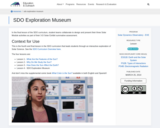
In the final lesson of the SDO curriculum, student teams collaborate to design and present their three Solar Module activities as part of their 3-D Solar Exhibit summative assessment.
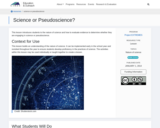
This lesson introduces students to the nature of science and how to evaluate evidence to determine whether they are engaging in science or pseudoscience.
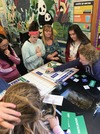
Lesson Length: 1-2 hoursGrade Level: 6-8Students will explore population interaction and impacts on an ecosystem through a breakout box activity grounded in engineering design thinking. Students will learn about how bees are interrelated within an ecosystem by solving clues to save a hive from a breakout box and they will engineer a plan to incorporate bees into a community that addresses concerns, benefits and trade offs for the bees and the humans.This material is based upon work supported by the National Science Foundation under Grant No. 1657263. Any opinions, findings, and conclusions or recommendations expressed in this material are those of the author(s) and do not necessarily reflect the views of the National Science Foundation.
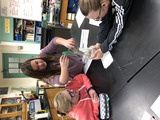
Lesson Length: 1-2 hoursGrade Level: 6-8Students build a water filter with a variety of natural and commercially produced materials. First they test the materials and then choose which to layer together themselves based on material performance. Students learn about water resources and engineered supports for the earth’s water systems and the impacts on environmental and human health. Engineering connections are highlighted throughout the lesson. Special thanks to Giles County, VA STEM Coordinator, Christina Martin, whose unit on The Global Water Crisis was the inspiration for this lesson. Also thanks to the NASA Water Filtration Challenge (https://www.jpl.nasa.gov/edu/teach/activity/water-filtration-challenge/) that helped guide Christina in the development of her lesson.This material is based upon work supported by the National Science Foundation under Grant No. 1657263. Any opinions, findings, and conclusions or recommendations expressed in this material are those of the author(s) and do not necessarily reflect the views of the National Science Foundation.
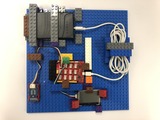
Teachers and students can learn how to put together a Microcontroller Kit with an environmental conditions sensor that measures temperature, humidity, pressure and altitude and could be used for multiple experiments and shared collectively amongst departments or schools.This material is based upon work supported by the National Science Foundation under Grant No. 1657263. Any opinions, findings, and conclusions or recommendations expressed in this material are those of the author(s) and do not necessarily reflect the views of the National Science Foundation.
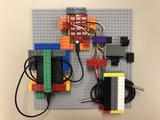
Teachers and students can see an example of how to put together a Microcontroller Kit with a Temperature sensor that could be used for multiple experiments and shared collectively amongst departments or schools.This material is based upon work supported by the National Science Foundation under Grant No. 1657263. Any opinions, findings, and conclusions or recommendations expressed in this material are those of the author(s) and do not necessarily reflect the views of the National Science Foundation.
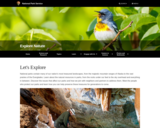
Views of the National Parks can be used in the classroom in many different ways. Most simply, it can be made available for students to explore on their own. Lesson plan available: Biodiversity Right Outside – Biodiversity is the abundance and variety of life-forms (animals, plants, fungi, and microorganisms) at all levels of organization (ecosystems, species, and genes). In this activity students will learn about biodiversity, the importance of biodiversity to ecosystems, and will conduct their own biodiversity study.
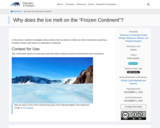
In this lesson, students investigate various factors that can lead to surface ice melt in Antarctica by pairing a scientific mindset with hands-on exploration of datasets.
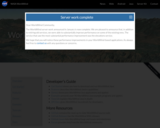
This site features World Wind 1.3, a NASA Learning Technologies application that lets the user zoom from any satellite altitude into any place on Earth. It features 3D Engine, Blue Marble, Landsat 7, SRTM, Animated Earth, MODIS, GLOBE, Country & State Borders, Place Names, Visual Tools and Landmark Set. The user can download World Wind, reference an online manual, post to an online forum, view screen shot examples from various satellites, and read press coverage about World Wind.